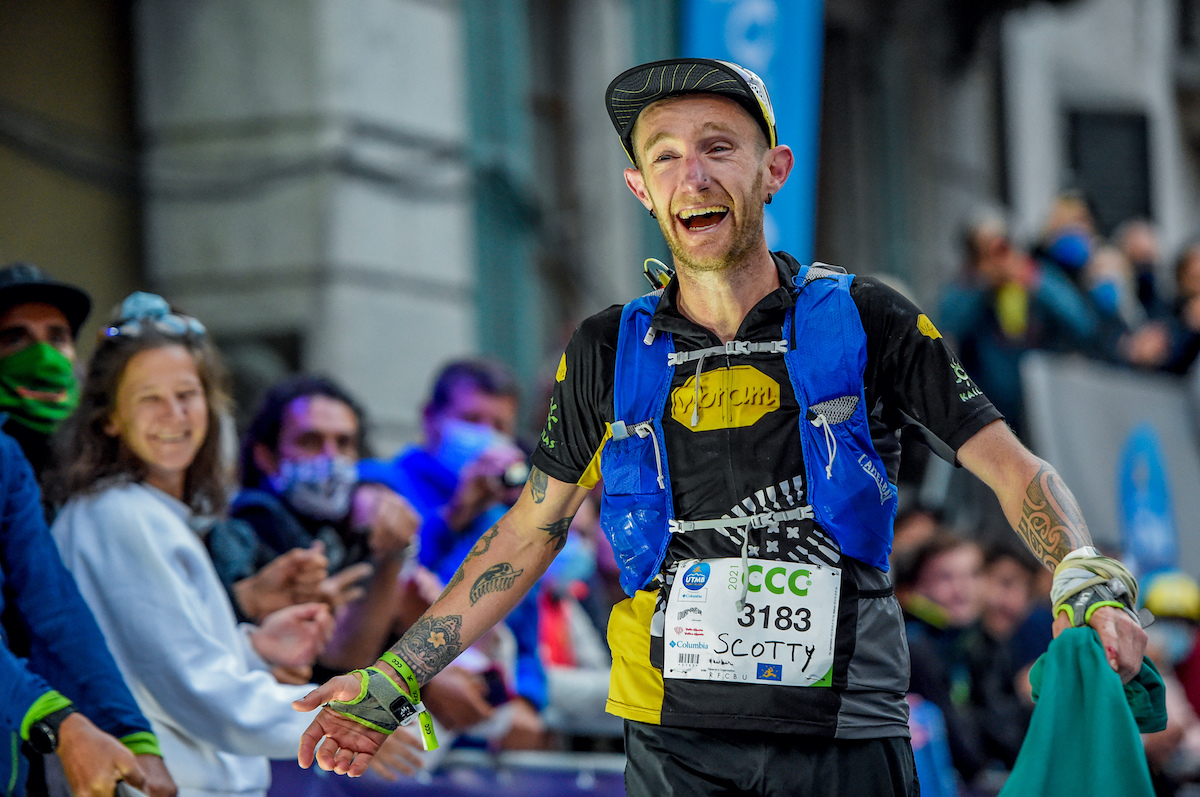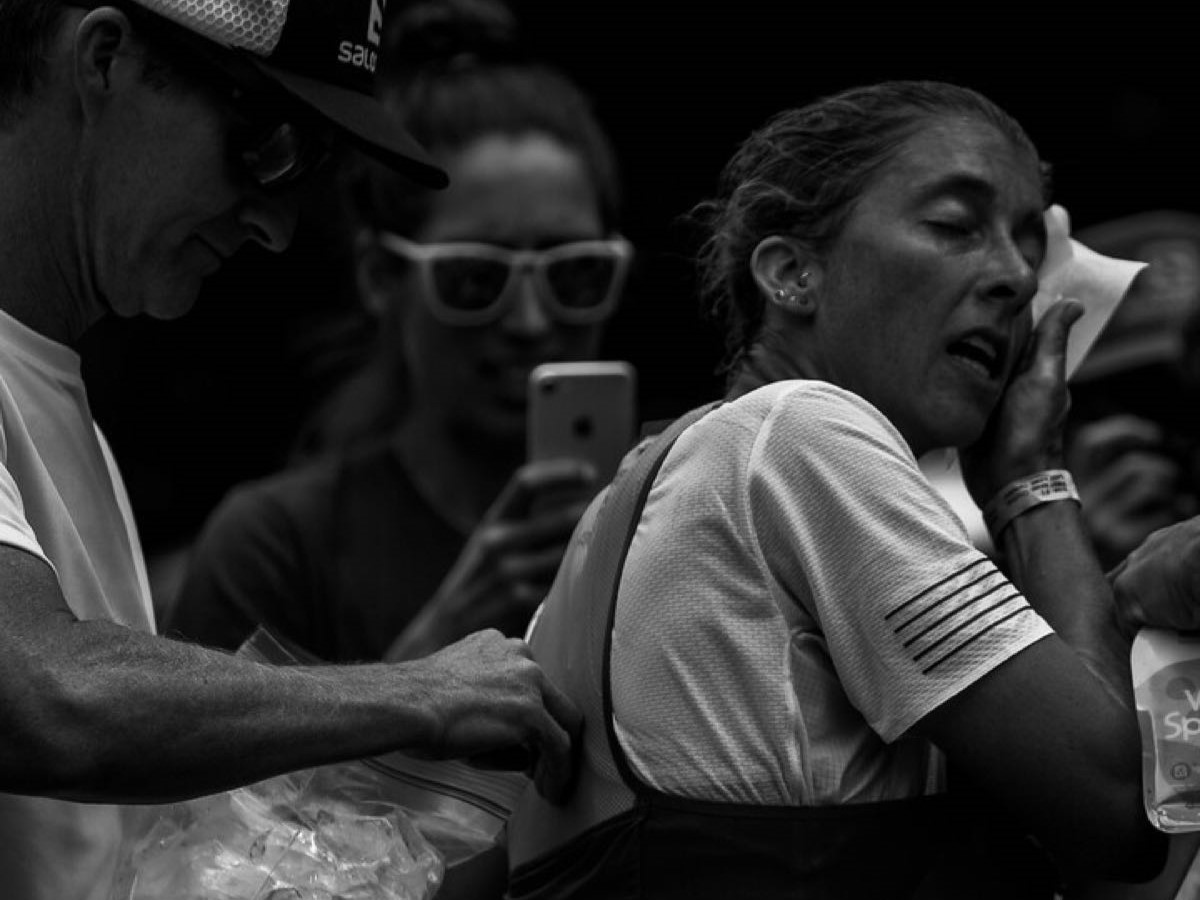It is the day before a race. I am competing in a 24-hour run in Ohio, which will take place on paved loops in an urban park. I love 24-hour events. They are conceptually simple because all you do is run for a day. But they are difficult in execution because, again, all you do is run for a day. A lot can go wrong over 24 hours.
I am excited to compete and feel well-prepared to do so. Even so, the day before the race, I sit in my car agonizing over the projected forecast. On race day, there will be heavy rain. I am going to get wet, and this is a kind of suffering I did not sign up for.
This is an odd response, if you think about it. I traveled all the way to Ohio to compete in an event that would involve non-trivial forms of suffering. To be clear, the suffering was not, itself, what I signed up for. I was not in pursuit of suffering for its own sake. I signed up to see how far I could run.
But in registering for this event, I certainly understood that suffering would characterize a considerable part of my day. Furthermore, while I would not enjoy the suffering when it arrived, overcoming it would make my performance feel more meaningful than it would feel if the race proceeded without any difficulty.
Therein lies the riddle. I welcome suffering, but not in all forms. I want the challenge, but I want it on my own terms. I want to draw lines in the sand, or to raise fences around the forms of suffering I will permit. I want agency in my suffering. I want running, but I don’t want rain.
Suffering: The Concept
At its core, suffering is an aversive state. It is not identical to pain (1). Rather suffering is a broader phenomenon than pain; additional forms of suffering include distress, loss, negative physical and emotional states, efforts of various sorts, negative evaluations (which may or may not adequately reflect reality), tragedies, and so forth.
Some forms of suffering are the negative consequences of our own actions. For example, if I train imprudently and develop an injury, I suffer pain, and this is my own fault. Some forms of suffering just happen to us — like rain on a race day. And some forms of suffering are chosen, like the discomfort of running great distances.
All instances of suffering are aversive states. Many instances of suffering are instructive. And few instances of suffering are enjoyable, somehow.
Suffering on the Run
Truth be told, suffering in distance running is a topic I typically avoid writing about. This is for two reasons. First, the nature of suffering is somewhat opaque to me. For example, why is it both the case that (a) races in which I struggle are more meaningful to me, yet (b) I train in hopes of minimizing my suffering — desiring that the suffering will recede to the later stages of the race or that I might avoid it altogether. I have no idea. I have more questions than answers.
Second, there is a great deal of unnuanced and imprudent rhetoric in the endurance world about suffering. We tend to recite aphorisms like “no pain, no gain” and “pain is weakness leaving the body.” And many athletes operate under the assumption that suffering itself is admirable or praiseworthy. It is not.
This assumption can lead to (a) a kind of hubris around difficult activities that makes the sport inhospitable to outsiders, and (b) the celebration of poor stewardship of one’s body long-term. Addressing these kinds of considerations is challenging, and the conversations seem to go nowhere, since slogans speak louder than nuance. So, I often avoid these discussions altogether.
But suffering is an inevitability in distance running. It is also a constitutive feature of a good life, so it is important to talk about it. My intention here is to advance the conversation about suffering in endurance sport, by adding three ideas that clarify its nature.

Spain’s Sheila Avilés after placing third at the 2019 Trail World Championships. Her coach has said, “What differentiates Sheila from other runners is her ability to withstand a high level of suffering for a long amount of time.” Photo: iRunFar/Meghan Hicks
1. Suffering Is Part of a Happy Life.
The relationship between suffering and happiness is an interesting one. There are certain forms of suffering that seem to detract, in an unqualified way, from a happy life — such as broken relationships, sickness, and famine. But these forms of suffering are not necessarily beyond redemption; good things may come from them. Moreover, if happiness were a simple formula of increasing pleasures and decreasing pains, suffering would be an obvious detraction. If this were the case, there would be a lot of things I would never do.
For starters, I would not be a distance runner. Running far is uncomfortable. I would not climb mountains because I might get sore. I also would not be an academic. Thinking is hard. And I definitely would not be a parent, which is the hardest thing I have ever done.
But happiness is much more complex than a positive subjective state (2). Many of the richest and most humanizing experiences in life involve a fair amount of discomfort. Although, I guess I don’t need to tell this to a group of runners, since we recognize that the challenges we experience in our sport — however uncomfortable — make life a lot more enjoyable, even if not in the moment.

Scotty Hawker has an emotional second-place finish at the 2019 CCC. Our suffering can quickly turn to joy upon reaching a coveted finish line. Photo: UTMB/Michel Cottin
2. Suffering Is Connected to Meaning.
In the book “The Adventures of Tom Sawyer,” Tom is sentenced to whitewash his Aunt Polly’s fence as punishment for skipping school. He is not pleased to do so, but he pretends he is having a great time — so convincingly that his friends pay him for the privilege of completing the chore on his behalf (3). Mark Twain writes that Tom has “discovered a great law of human action, without knowing it — namely, that in order to make a man or boy covet a thing, it is only necessary to make the thing difficult to attain (4).”
In recalling this scene, cognitive scientist Paul Bloom expands on Twain’s sentiment, writing that “effort sweetens the value of the products of labor (5).” The difficulty of a task is part of what makes the outcome worthwhile to us. It makes the work feel more meaningful.
Interestingly, while suffering can increase the meaning we find in an activity, the opposite is also true: Meaning can sustain our ability to suffer well. This is something we learn from Viktor Frankl in his book “Man’s Search for Meaning.” He describes how those who had a purpose, a meaning, or a hope in the concentration camps were more likely to survive (6).
The kinds of suffering most of us experience pale in comparison to what Frankl endured. But the insight that finding meaning in the midst of difficulty can sustain us is valuable for everyone. Again, as runners, this should be unsurprising. It is challenging to complete a difficult race if you lack a clear sense of purpose, or do not know why you are there.
3. Suffering Is Not Always Edifying.
Earlier, I challenged the “no pain, no gain” rhetoric as misguided. This was because not all pains are beneficial, and this sentiment inclines us to participate in sport without sensitivity to whether our bodies are absorbing the workload. But there are additional issues here. One is the (potential) myth of “posttraumatic growth (7).”
Psychologist Eranda Jayawickreme points out that the idea that adversity is a source of strength is a uniquely Western framing that may not be empirically apt. It is a narrative that we tend to adopt, reflected in the phrase “what doesn’t kill you makes you stronger (8).”
But often the way we frame questions about suffering in psychological studies implies a redemptive arc — that one will have learned from a difficult event or period of suffering. It could be the case that nothing good resulted from the struggle at all. Maybe the difficult time was just that — difficult.
Why this matters is that we may be inclined to receive other people’s bad news (their injuries, personal struggles, or losses) with hopeful themes of future growth and progress. Maybe they will grow. Maybe difficult times are broadly instructive, and all of the “can’t wait for the comeback” comments will be well-placed.
But this reception may also impede our ability to empathize well. It may diminish the significance of the suffering they are undergoing in the present moment. And it may be untrue that their suffering will be productive long-term.

Courtney Dauwalter struggling due to injury during the 2019 Western States 100. This is an example of the kind of suffering we want to avoid when we run. Photo: iRunFar/Michael Lebowitz
Final Thoughts
I am sitting in my car the day before a big race, lamenting the arrival of heavy rain. I am going to get wet, and this is a kind of suffering I did not sign up for.
I can’t say I understand a lot about suffering. But I do know that it is part of a good life, and a good run. And I know that we are uniquely positioned as runners to practice suffering well — to both learn by experience about what kinds of suffering are fruitful and to respond with maturity when we feel uncomfortable.
Call for Comments
- Do you agree that a certain amount of suffering is acceptable as part of distance running?
- Do you feel that some of the conversations around ultrarunning and sport in general can unduly glorify suffering? Tell us your thoughts.
References
- Antti Kauppinen, “The World According to Suffering,” in Philosophy of Suffering, edited by David Bain, Michael Brady, Jennifer Corns, 19-36 (London: Routledge, 2019).
- See Jennifer A. Frey. 15 August 2021. The universe and the university. “The Point Magazine.” 25.
- Mark Twain, “The Adventures of Tom Sawyer” (United Kingdom: Bantam Books, 1981), pp. 10-16
- Ibid, p. 15. As found in Paul Bloom, “The Sweet Spot: The Pleasure of Suffering and the Search for Meaning” (New York: Harper Collins, 2021), p. 130.
- Paul Bloom, “The Sweet Spot: The Pleasure of Suffering and the Search for Meaning” (New York: Harper Collins, 2021), p. 130.
- Viktor Frankl, “Man’s Search for Meaning” (Boston: Beacon Press, 1962).
- Jayawickreme, E. & Blackie, L.E.R. “Exploring the Psychological Benefits of Hardship: A Critical Reassessment of Posttraumatic Growth” (Cham: Springer International Publishing, 2016).
- Jayawickreme, E., Infurna, F. J., Alajak, K., Blackie, L., Chopik, W. J., Chung, J. M., Dorfman, A., Fleeson, W., Forgeard, M., Frazier, P., Furr, R. M., Grossmann, I., Heller, A. S., Laceulle, O. M., Lucas, R. E., Luhmann, M., Luong, G., Meijer, L., McLean, K. C., Park, C. L., … Zonneveld, R. (2021). Post-traumatic growth as positive personality change: Challenges, opportunities, and recommendations. “Journal of Personality 89” (1): 145–165.

